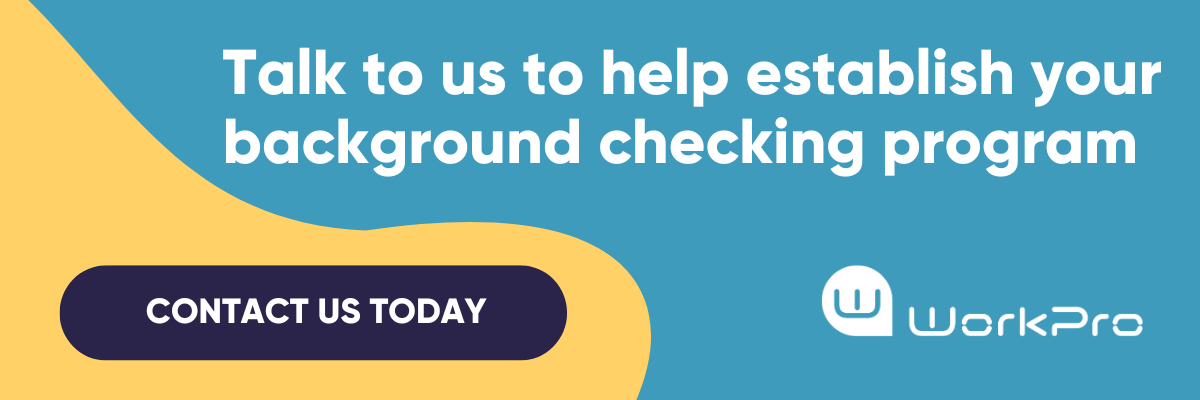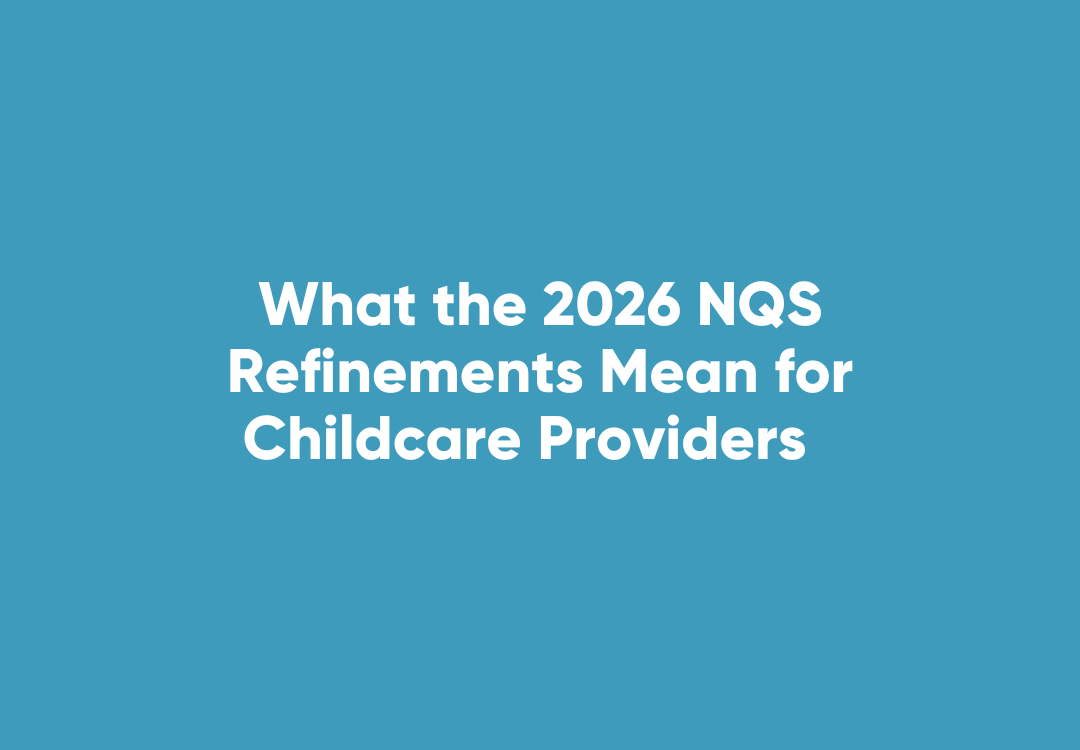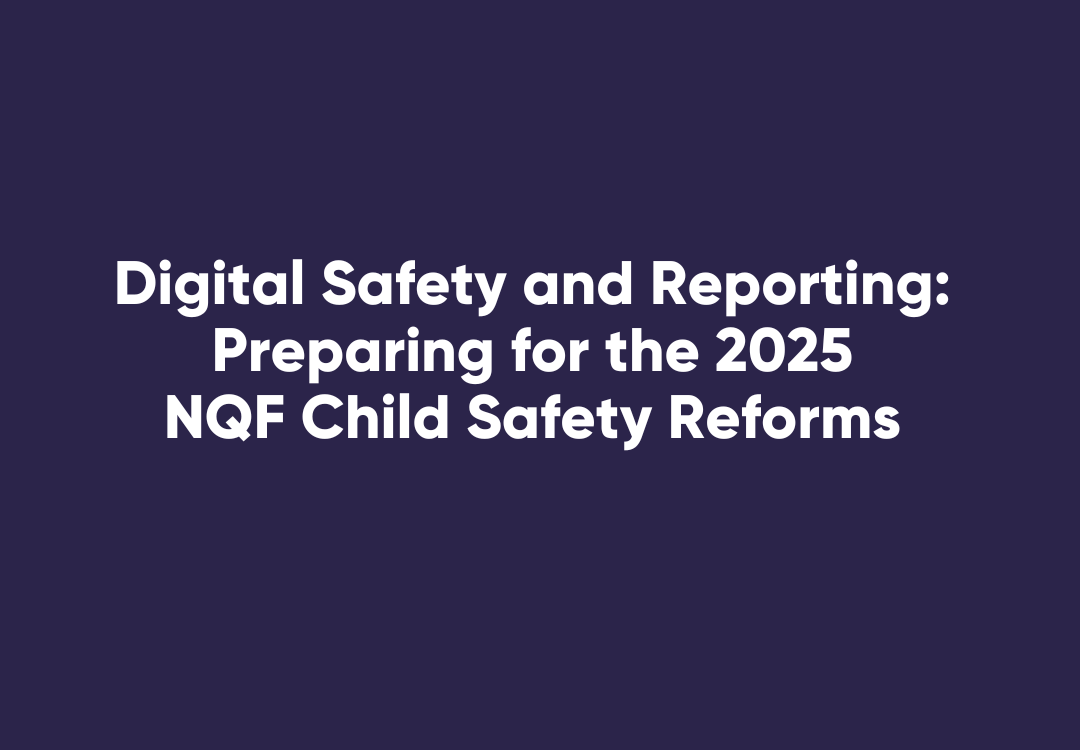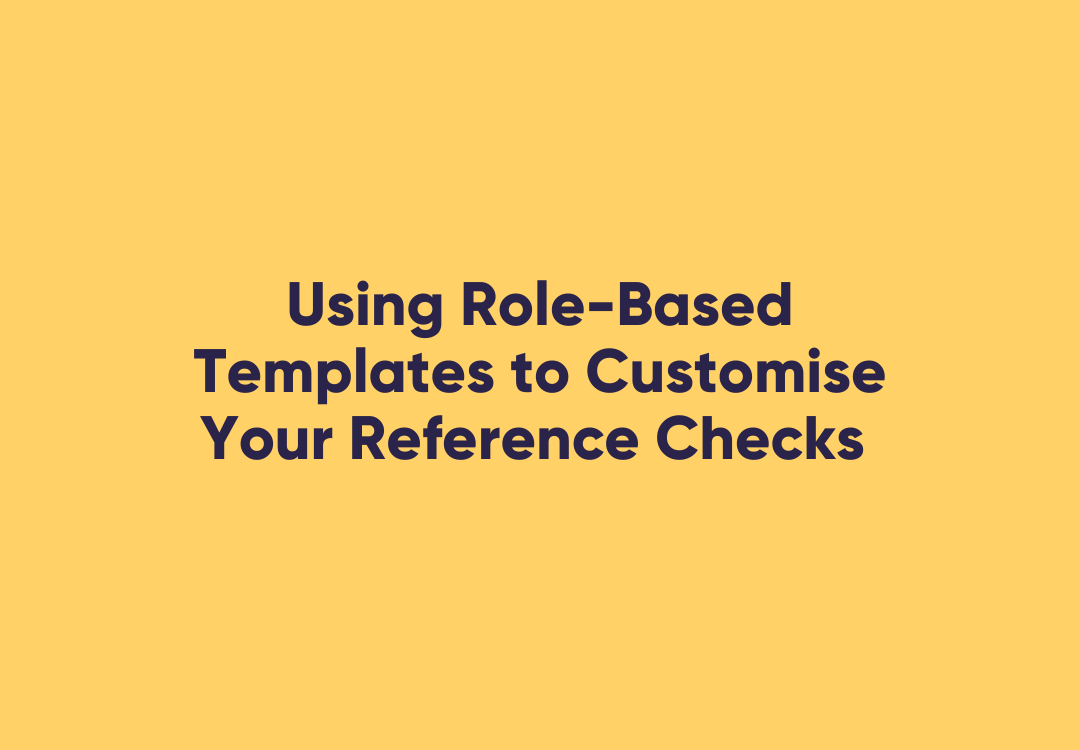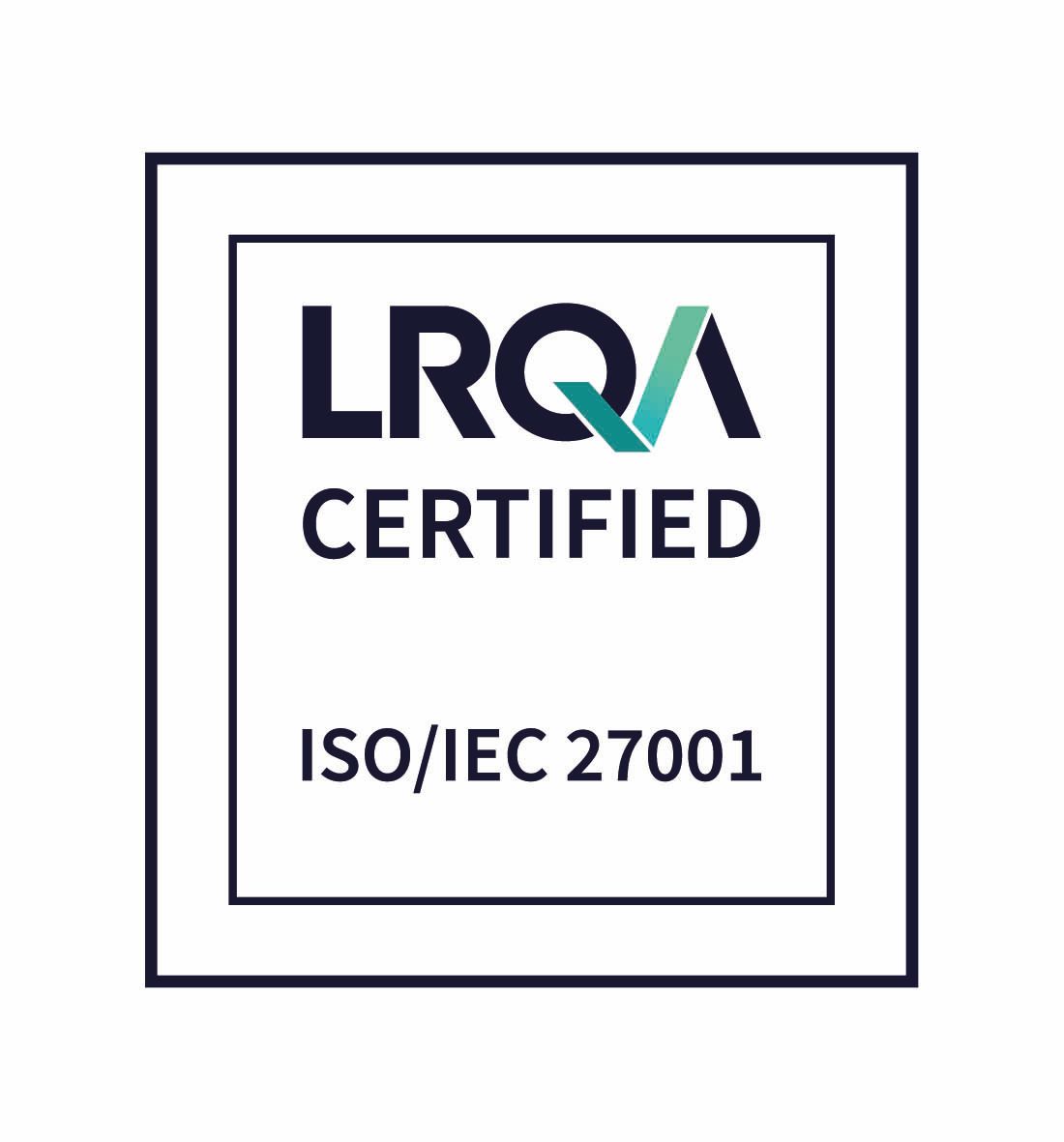FY25–26 Workplace Safety Law Changes: What’s Changed and What Employers Should Do
Start FY25–26 with Safer Systems and Stronger Compliance
The new financial year is here, and with it comes a shift in workplace safety laws that every HR, risk, and compliance professional should have on their radar. These aren’t just regulatory adjustments, they’re reshaping how organisations are expected to manage risk, train staff, and prove due diligence.
From expanded industrial manslaughter laws in Tasmania to stronger protections for workers’ mental health in New South Wales, the message is clear: safety isn’t just physical anymore, and non-compliance has serious consequences.
This blog breaks down the most important updates now in effect across Australia, explains what they mean in practical terms, and shows how WorkPro can help you respond with confidence.
What is EOFY Workplace Safety Law Compliance?
EOFY workplace safety law compliance involves reviewing and updating organisational policies and practices to align with the latest legislative requirements at the end or beginning of the financial year. This process ensures that businesses adhere to current Work Health and Safety (WHS) laws, mitigating risks and promoting a safe working environment.
To ensure compliance for FY25-26, organisations should:
- Review and update safety policies in line with new legislation.
- Implement training programs addressing recent legal changes.
- Conduct risk assessments focusing on both physical and psychosocial hazards.
- Ensure accurate record-keeping of safety procedures and incidents.
By proactively addressing these areas, businesses can maintain compliance and safeguard their workforce effectively.
Why WHS Compliance Demands a Fresh Look This Year
New safety legislation reflects a growing national push towards accountability. It's not just about ticking off risk assessments or having policies on file. It's about proving, through systems and actions, that your business takes health, safety, and wellbeing seriously.
For employers, this means:
- Reassessing safety frameworks beyond physical hazards
- Training leaders and employees on psychosocial risks
- Verifying that WHS reps are supported, trained, and informed
- Ensuring all policies are live, accurate, and accessible
- Knowing what your legal exposure is, and how to reduce it
Many of these changes have arrived quietly but carry high stakes. With penalties for industrial manslaughter reaching $18 million in some
states, the cost of being unprepared is now too great to ignore.
What’s Changed: Key Safety Law Updates for FY25–26
Tasmania Introduces Industrial Manslaughter Laws
From October 2024, employers in Tasmania can face criminal charges if a worker dies due to gross negligence. This aligns the state with Queensland, Victoria, and others where corporate manslaughter laws are already active.
Penalties:
- Up to 21 years’ imprisonment for individuals
- Up to $18 million in fines for organisations
Queensland Tightens WHS Rules with New Act
The Work Health and Safety and Other Legislation Amendment Act 2024 introduced several key measures:
- Health and Safety Representatives (HSRs) now have stronger powers
- Insurers can no longer cover WHS fines
- More accountability placed on directors and senior officers
Psychological Health Moves Front and Centre
SafeWork NSW’s Psychological Health and Safety Strategy 2024–2026 aims to hold employers more accountable for psychosocial hazards like bullying, burnout, and traumatic exposures.
What’s expected:
- Clear identification and control of psychosocial risks
- Manager and supervisor training
- Policy updates and record-keeping for mental health interventions
National WHS Regulations Consolidated
As of 1 September 2024, Australia’s model WHS regulations were formally consolidated to simplify compliance across jurisdictions. Employers with multi-state operations now have a more consistent framework for:
- Reporting notifiable incidents
- Conducting hazard management
- Managing work environments and facilities
What These Changes Mean for HR, Safety, and Compliance Teams
The updates now in effect they call for a sharper, system-led approach to risk and workforce management. Here’s how they translate into practical tasks:
- Update Safety Policies
Your WHS and mental health policies need to reflect updated legal definitions and employer responsibilities. - Train and Re-train
Your staff, including contractors, need updated training on new laws. That includes frontline teams and executive leaders. - Prepare for Audits
Regulators are actively enforcing these updates. Ensure you can prove compliance with accurate records, signed policies, and training logs. - Support Mental Health Systematically
Ad hoc EAPs won’t cut it. You need clear, documented processes for psychosocial risk management. - Empower WHS Representatives
In jurisdictions like Queensland, failing to support an HSR may breach your obligations. Know what your duties are.
How WorkPro Makes Legislative Updates Easier to Manage
WorkPro was built to simplify complex workforce compliance, and these latest law changes are exactly why it exists. Here’s how the platform supports you right now:
Targeted Training Modules
Access tailored eLearning that covers the latest legislation, including psychological health and the Fair Work Statement. Modules can be assigned based on role, location, or contract type.
Centralised Policy Distribution
Upload, track, and digitally distribute your updated WHS and mental health policies. Staff can review and acknowledge them with a digital signature. Audit-ready reports available at all times.
Live Compliance Dashboards
Real-time reporting shows who has completed training, accepted policies, and met onboarding requirements. Stay ahead of audits and show your board you’re in control.
Integrated Onboarding
When you update your onboarding packs with new WHS material, WorkPro distributes them automatically, ensuring new starters are covered from day one - no missed steps, no manual chasing.
FY25–26 is not business as usual. The law has moved, and expectations around safety and accountability have risen. This is the right time to update your policies, sharpen your processes, and bring your teams into alignment.
WorkPro helps you do all of that without starting from scratch. From training to document distribution and real-time compliance insight, it’s the toolkit your HR and risk teams need to keep pace with legislative change.
Let’s get your compliance working smarter


